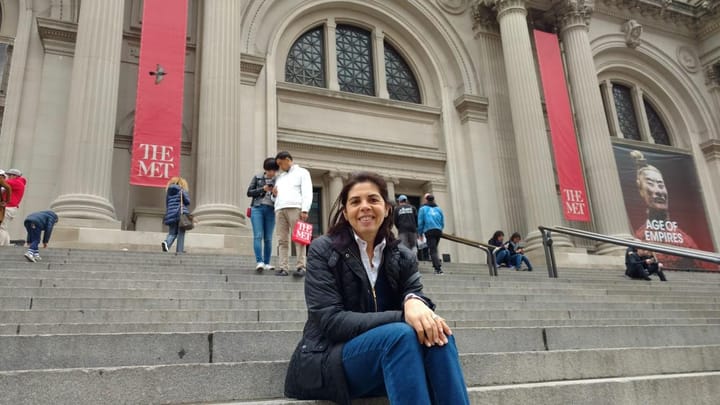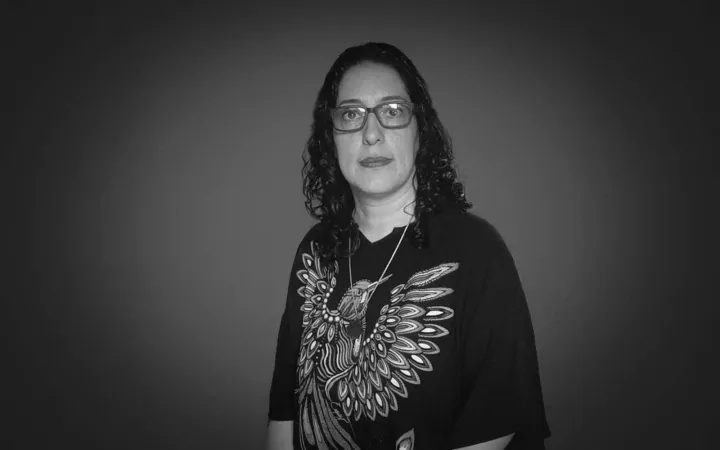
Por Marilú Acosta
La película de Barbie no es para mí. Lo supe antes de verla y lo comprobé después de verla. Con esto no pretendo decir que es buena, mala, regular, que no dice o que sí dice tal o cual cosa, sólo digo que la película de Barbie no es para mí. Lo que sí ha sido para mí es todo lo que sucede fuera de la sala de cine. Ese fenómeno que muchos le atribuyen a la mercadotecnia y la verdad es que la mercadotecnia se queda muy lejos de poder generar tal cambio de comportamiento. Con la marea rosa sería suficiente para un fenómeno extraordinario, a eso hay que sumarle las pláticas y reflexiones generadas por el tema de género. También ha roto más de 10 récords en taquilla siendo uno de ellos el ingreso a nivel mundial en sus primeros dos fines de semana: más de 795 millones de dólares.
¿Por qué tanto revuelo? Pues Barbie siempre ha sido un éxito, no es raro que esa fascinación por las muñecas se traslade a la pantalla. La pandemia también tiene que ver. El guión fue escrito durante el encierro y de alguna manera es un reflejo de lo que el mundo experimentó ¿nunca han pensado en morir? Varias veces nos lo preguntamos, por lo menos durante ese 2020, y saber cómo ese mundo perfecto de Barbieland resuelve la crisis existencial, ayuda. Hay guiños y homenajes a grandes películas, no sólo en lo visual, sino que también traduce escenas “profundas” a escenas “superficiales”. Morpheus (The Matrix, 1999) se convierte en Barbie Rara y la elección entre una píldora roja y otra azul se traspasa a un tacón y una sandalia. Neo, el elegido (hombre) escoge la píldora roja para salir de la ilusión, dejando de lado la azul que lo mantendría dentro de la ilusión. La elegida, Barbie Estereotipo (mujer) escoge el tacón, que la mantiene en Barbieland, pero Barbie Rara le vuelve a dar a escoger dirigiendo su atención a la sandalia. Entonces acompañamos a La-Elegida-Barbie-Estereotipo a una aventura que dejó de tener la tensión narrativa suficiente para mantenerme despierta. Sí, me dormí una parte de la película.




